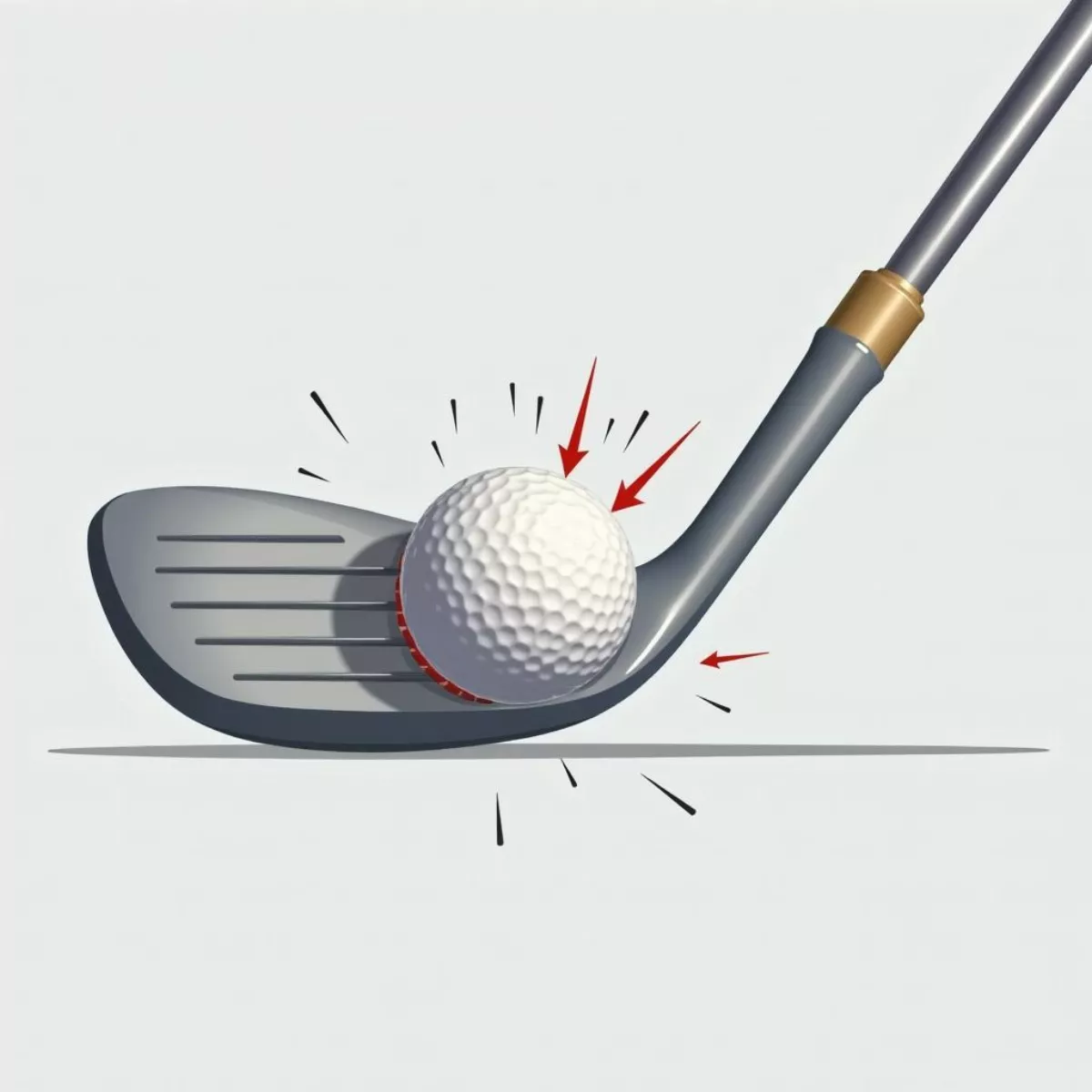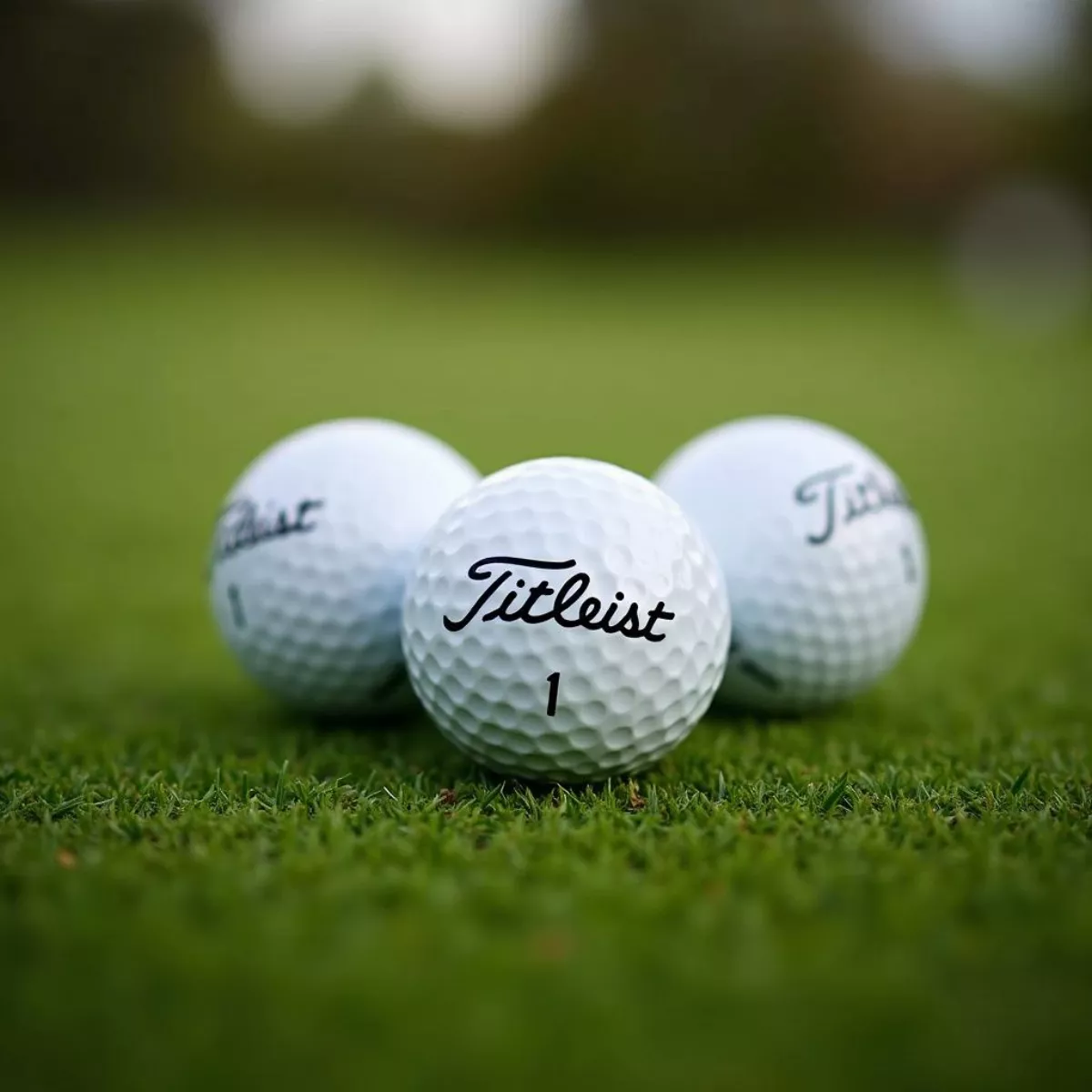Golf is a game of precision, and for many players, the right golf ball can make a significant difference in their performance on the course. One ball that has gained popularity among amateur and professional golfers alike is the Titleist Velocity golf ball. One of the key factors distinguishing the Titleist Velocity from other golf balls is its compression rating. This article will explore what golf ball compression is, how it affects your game, and why the Titleist Velocity might be the right choice for you.
What is Golf Ball Compression?
Golf ball compression refers to how much a ball deforms (or compresses) upon impact with a club. The compression rating is typically measured on a scale from 0 to 200, with lower numbers signifying softer balls and higher numbers indicating firmer balls. Here’s a breakdown of how this works:
- Low Compression (0-70): Softer feel, suitable for slower swing speeds. Ideal for beginner players or those who struggle with distance.
- Medium Compression (70-90): Balanced feel. Good for a range of mid-swing speeds and provides a mix of distance and control.
- High Compression (90+): Firmer feel and requires higher swing speeds. Typically preferred by more experienced players seeking maximum distance.
Why Does Compression Matter?
The compression of a golf ball affects not only how it feels when struck but also its spin, distance, and overall performance. Here are a few ways compression can impact your game:
- Distance: Higher compression balls typically travel further due to less energy lost during the impact.
- Spin Control: Softer balls may offer more spin around the greens, allowing for better control.
- Feel: The feel at impact is crucial for feedback, especially on greens. Players may prefer softer balls for a more responsive feel.
 Golf ball compression on impact
Golf ball compression on impact
Titleist Velocity: A Closer Look
Features of Titleist Velocity Golf Balls
The Titleist Velocity golf balls are designed with a unique blend of materials and technologies that cater to various player needs. Here are their standout features:
- High Energy Core: The core is engineered to provide explosive distance and speed.
- Ultra-Soft Covers: The soft cover material enhances feel and allows for increased greenside control.
- Aerodynamic Design: With advanced dimple patterns, the Velocity ball is designed for reduced drag and increased lift.
- Compression Rating: The Titleist Velocity features a compression rating around 70, which caters to players with moderate swing speeds.
Benefits of Playing with Titleist Velocity Golf Balls
The Titleist Velocity golf ball offers benefits that many golfers may find appealing. Here’s what you can expect:
- Improved Distance: The high-energy core helps maximize distance without compromising control.
- Balanced Performance: With a soft feel, you still get great feedback and playing experience.
- Consistent Performance: High-quality materials ensure that the ball performs consistently across rounds.
 Titleist Velocity golf balls
Titleist Velocity golf balls
How Compression Affects Your Game
Understanding how compression affects your performance can help you choose the right golf ball. Here are some key aspects:
Swing Speed and Compression
Your swing speed plays a significant role in determining the right compression for you. Here’s a quick guide to help you understand:
| Swing Speed (mph) | Recommended Compression | Best Ball Type |
|---|---|---|
| < 85 | Low (0-70) | Soft balls like Titleist Velocity |
| 85-105 | Medium (70-90) | Balanced balls |
| > 105 | High (90+) | Firm balls for maximum distance |
Golfers with slower swing speeds benefit from softer, lower compression balls, as they can fully compress the ball to achieve optimal distance.
Compression and Feel
Feeling is essential in golf. Players often choose balls based on how they feel when they strike them. Lower compression balls tend to provide a softer feel, while higher compression balls are harder. Finding the right compression can enhance your ability to read greens and judge distances.
 Golfer selecting a golf ball
Golfer selecting a golf ball
Tips for Choosing the Right Golf Ball
Selecting the right ball can be overwhelming given the variety available. Here are some tips to consider when choosing the right golf ball for your game:
- Assess Your Swing Speed: Always know your swing speed before making a decision.
- Evaluate Your Play Style: Determine whether you need more distance or control.
- Experiment with Different Balls: Sometimes, the best way to find the right ball is to try a few different kinds.
- Consider the Conditions: Weather and course conditions can also influence your choice. Softer balls may perform better in wet conditions.
- Look for Feedback: Pay attention to how a ball feels during impact; this can guide future purchases.
Quote Worth Remembering:
“The right golf ball can elevate your game, providing not just distance but the feel and control you crave on the course.” – Golf Coach Jonathan W.
Key Takeaways
- Compression affects distance, spin, and feel when striking the ball.
- Titleist Velocity golf balls have a compression rating around 70, suited for players with moderate swing speeds.
- Always consider your swing speed when selecting a ball; it plays a crucial role in performance.
- Finding the right golf ball can enhance both your distance and control, so take the time to experiment.
Frequently Asked Questions (FAQs)
1. What is the ideal compression for beginner golfers?
Most beginners should opt for low-compression golf balls (below 70) to maximize distance and feel.
2. Can compression impact my putting?
Absolutely! Softer balls can provide better feedback, allowing for improved feel when putting.
3. How do I know my swing speed?
You can measure your swing speed using launch monitors available at many golf stores or driving ranges.
4. Are Titleist Velocity balls suitable for advanced players?
While they may not offer the same control as higher compression balls, advanced players with slower swing speeds who prioritize distance may still benefit from using Velocity balls.
5. How often should I change my golf balls?
It is recommended to change your golf balls frequently—especially after noticeable wear or damage—typically every few rounds.
6. Do weather conditions affect golf ball performance?
Yes, softer balls perform better in wet conditions, while firmer balls handle dry conditions well.
7. Can I mix and match different golf balls during a round?
While it’s possible, mixing balls can lead to inconsistent performance. For best results, stick to one type throughout your round.
8. Are higher compression balls better?
Not necessarily; it depends on your individual swing speed and playing style. Higher compression balls are better suited for faster swings.
By understanding golf ball compression, especially that of the Titleist Velocity, you can make informed decisions regarding your equipment, ultimately enhancing your overall game. Happy golfing!